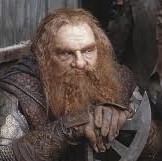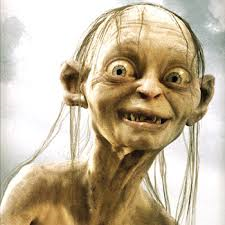Our Team

Marlon

David

Lisa
Remember, remember the fifth of November ...

Marlon

David

Lisa
The Gunpowder Plot is the name given to the conspiracy to blow up the Houses of Parliament on 5 November 1605, which was discovered the night before. The origins of the plot remain unclear and it is doubtful that the truth will ever be known. Generations of historians accepted it was an attempt to re-establish the Catholic religion. Others, in more recent times, have suspected that the plot was the work of a group of agents-provocateurs, anxious to discredit the Jesuits and reinforce the ascendancy of the Protestant religion.

The plot centred around five conspirators, Robert Catesby, Thomas Winter, Thomas Percy, John Wright and Guy (or Guido) Fawkes, later joined by Robert Keyes and seven other known accomplices, who determined to blow up of the House of Lords in 1605. The detonation was to take place on State Opening day, when the King, Lords and Commons would all be present in the Lords Chamber. There is no doubt that Fawkes, though remembered wrongly as the principal conspirator, was in fact a minor cog in the wheel. Born in 1570 at York, he was brought up as a Protestant. In 1593, he enlisted as a mercenary in the Spanish Army in the Netherlands - he became a Catholic shortly before that date. He was at the capture of Calais in 1595, where he apparently distinguished himself greatly. He may have been chosen for his skills when it was planned to tunnel under the House, and it was an advantage that, having been abroad for some time, he was not known in London.
 In 1604 Fawkes became involved with a small group of English Catholics, led by Robert Catesby, who planned to assassinate the Protestant King James and replace him with his daughter, third in the line of succession, Princess Elizabeth.[15][16] Fawkes was described by the Jesuit priest and former school friend Oswald Tesimond as "pleasant of approach and cheerful of manner, opposed to quarrels and strife ... loyal to his friends". Tesimond also claimed Fawkes was "a man highly skilled in matters of war", and that it was this mixture of piety and professionalism which endeared him to his fellow conspirators.[3] The author Antonia Fraser describes Fawkes as "a tall, powerfully built man, with thick reddish-brown hair, a flowing moustache in the tradition of the time, and a bushy reddish-brown beard", and that he was "a man of action ... capable of intelligent argument as well as physical endurance, somewhat to the surprise of his enemies."[5]
In 1604 Fawkes became involved with a small group of English Catholics, led by Robert Catesby, who planned to assassinate the Protestant King James and replace him with his daughter, third in the line of succession, Princess Elizabeth.[15][16] Fawkes was described by the Jesuit priest and former school friend Oswald Tesimond as "pleasant of approach and cheerful of manner, opposed to quarrels and strife ... loyal to his friends". Tesimond also claimed Fawkes was "a man highly skilled in matters of war", and that it was this mixture of piety and professionalism which endeared him to his fellow conspirators.[3] The author Antonia Fraser describes Fawkes as "a tall, powerfully built man, with thick reddish-brown hair, a flowing moustache in the tradition of the time, and a bushy reddish-brown beard", and that he was "a man of action ... capable of intelligent argument as well as physical endurance, somewhat to the surprise of his enemies."[5]

Queen Mary of Scotland

Well, you should know this lad by now ...

House of Parliament
Remember, remember the fifth of November, gunpowder, treason and plot, I see no reason why gunpowder treason should ever be forgot. Guy Fawkes, Guy Fawkes, ’twas his intent to blow up the King and the Parliament. Three score barrels of powder below, Poor old England to overthrow: By God’s providence he was catch’d With a dark lantern and burning match. Holloa boys, holloa boys, make the bells ring. Holloa boys, holloa boys, God save the King! Hip hip hoorah!